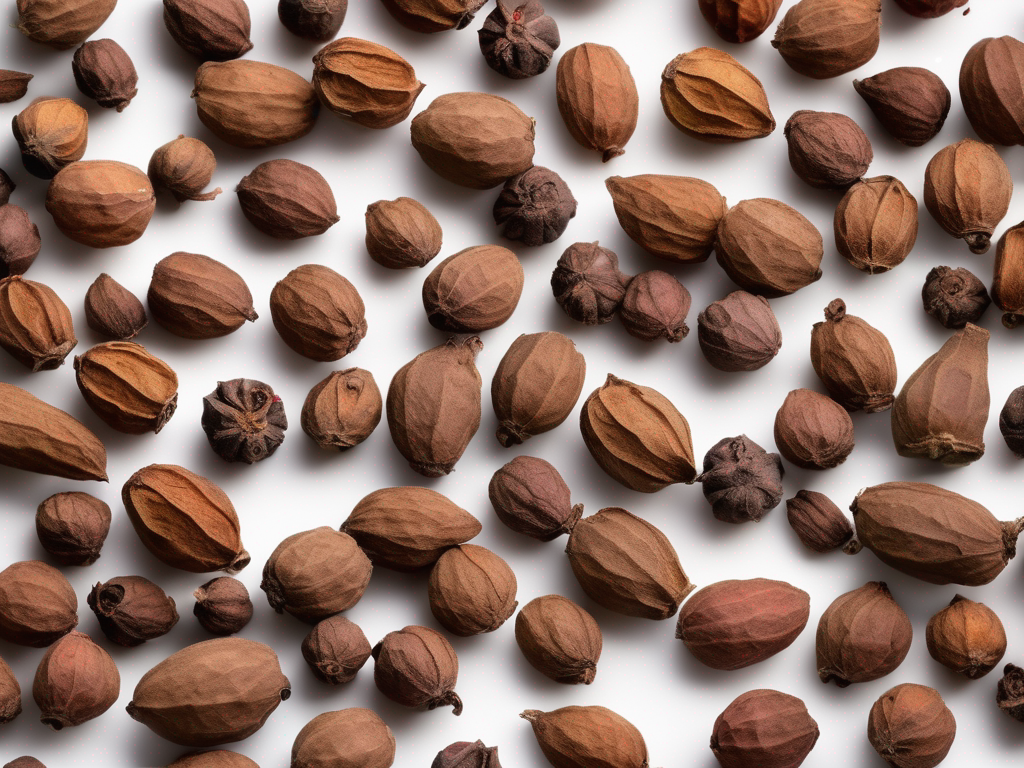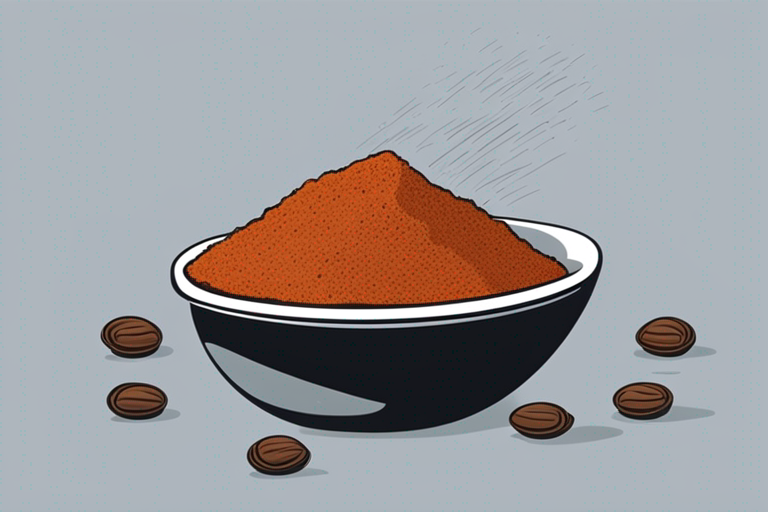
Signs that Allspice Has Gone Bad: How to Tell If Your Seasoning Needs to Be Tossed
Get Your Free Food Safety Cheat Sheet
30 most common foods with instant answers. Print it and stick it on your fridge—completely free!
Signs that Allspice Has Gone Bad: How to Tell If Your Seasoning Needs to Be Tossed
Allspice is a versatile spice that adds warmth and depth to both sweet and savory dishes. It is a key ingredient in many cuisines around the world, known for its unique flavor profile reminiscent of a blend of cinnamon, cloves, and nutmeg. Like all spices, allspice can lose its potency and freshness over time. It's essential to know the signs that allspice has gone bad to ensure the quality and safety of your dishes. In this blog post, we will discuss how to recognize when allspice has spoiled and provide tips on proper storage to prolong its shelf life. (Allspice)
How Long Does Allspice Last?
Allspice, when stored properly, can maintain its flavor and aroma for a significant period. However, it does not last indefinitely. The shelf life of allspice depends on various factors, including how it is stored and whether it is whole or ground. Here are some general guidelines on the shelf life of allspice:
-
Whole allspice berries: Whole allspice berries can last up to 3-4 years if stored in a cool, dark place.
-
Ground allspice: Ground allspice has a shorter shelf life than whole berries and typically lasts 2-3 years.
Signs that Allspice Has Gone Bad
Appearance
One of the first indicators that allspice has gone bad is a change in its appearance. Look out for the following visual cues:
- Discoloration: If you notice that the allspice has changed color and appears dull or faded, it may be a sign of spoilage.
- Clumping: Allspice that has clumped together or formed hard chunks indicates that moisture has entered the container, causing the spice to deteriorate.
Aroma
The aroma of allspice should be warm, fragrant, and reminiscent of a blend of spices. If you detect any of the following off smells, the allspice may have gone bad:
- Musty or moldy odor: A musty or moldy smell indicates that the allspice has been exposed to moisture and is no longer safe to use.
- Stale scent: Allspice that has lost its potency will have a dull, stale scent rather than the characteristic strong aroma.
Taste
Taste is a crucial factor in determining the freshness of allspice. If you notice any of the following taste changes, it's time to replace your supply:
- Bitterness: Spoiled allspice may develop a bitter taste, indicating that its flavor compounds have degraded.
- Lack of flavor: If the allspice no longer imparts its characteristic warm and spicy flavor to dishes, it has likely lost its freshness.
Texture
The texture of allspice can also provide clues about its quality:
- Soft or soggy: Allspice that feels soft or soggy to the touch has likely absorbed moisture and should be discarded.
Proper Storage Tips for Allspice
To prolong the shelf life of your allspice and maintain its freshness, follow these storage tips:
-
Store in a cool, dark place: Allspice should be kept away from heat, light, and moisture. Store it in airtight containers in a cool, dark pantry or cupboard.
-
Avoid frequent exposure to air: Limit the amount of time the allspice is exposed to air by closing the container tightly after each use.
-
Keep away from heat sources: Avoid storing allspice near stoves, ovens, or other heat sources, as heat can degrade its flavor and aroma.
-
Consider refrigeration: If you live in a hot and humid climate, or if you use allspice infrequently, consider storing it in the refrigerator to extend its shelf life.
Conclusion
Knowing the signs that allspice has gone bad is essential for maintaining the quality and safety of your dishes. By paying attention to changes in appearance, aroma, taste, and texture, you can ensure that your allspice is fresh and flavorful. Proper storage in a cool, dark place away from heat and moisture is key to prolonging the shelf life of this versatile spice. By following these tips, you can enjoy the full flavor and aroma of allspice in your culinary creations. Read more about allspice here. (Allspice)

Authoritative Food Safety References
These agencies and university labs inform every tip and health precaution we publish.
USDA FoodKeeper – Cold Storage Guidelines
Official refrigerator, freezer, and pantry timelines maintained by the U.S. Department of Agriculture.
Visit USDA FoodKeeperFDA Produce Safety Rule & Grower Guidance
Field-to-fridge handling practices that prevent contamination of fruits, vegetables, and leafy greens.
Visit FDA Produce SafetyCDC Foodborne Illness Prevention Hub
Surveillance-backed guidance on pathogens, symptoms, and steps to reduce foodborne illness risk.
Visit CDC Food SafetyUC Davis Postharvest Technology Center
University research detailing optimal storage atmospheres for produce after harvest.
Visit UC Davis PostharvestPenn State Extension – Home Food Preservation & Safety
Peer-reviewed extension bulletins on safe canning, chilling, and reheating practices.
Visit Penn State ExtensionCan expired allspice make you sick?
How should I store allspice to prolong its shelf life?
Can I freeze allspice to extend its shelf life?
Get Your Free Food Safety Cheat Sheet
30 most common foods with instant answers. Print it and stick it on your fridge—completely free! Want more? Upgrade to the complete guide with 70+ foods.
Scan your food directly and get instant safety info using our AI-powered camera feature.